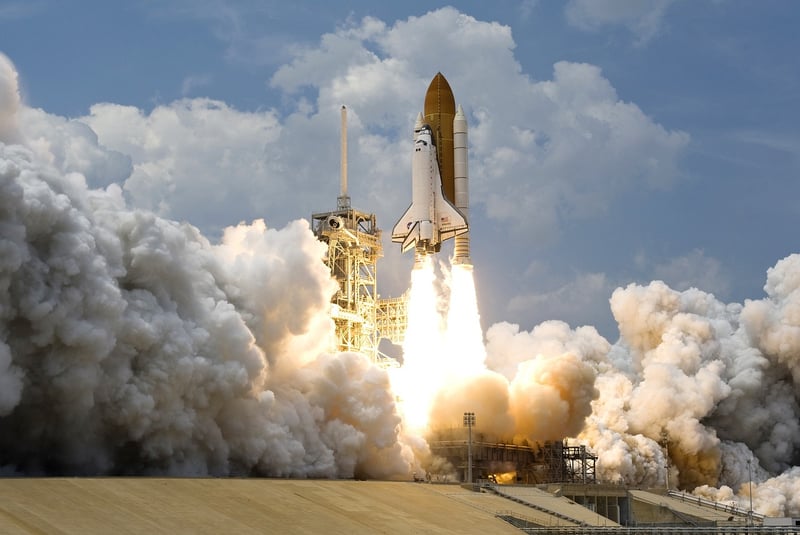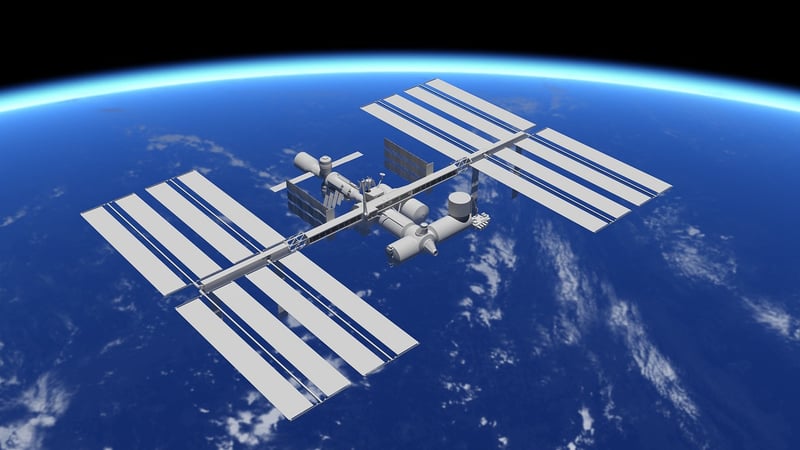Spacecraft Design Advancements
Advancements in Space Technology and Spacecraft Design
In recent years, there have been remarkable advancements in space technology that have revolutionized the way we explore the cosmos. From improved propulsion systems to cutting-edge spacecraft design, these developments have significantly enhanced our capabilities in understanding and reaching beyond the confines of our planet.
1. Electric Propulsion Systems
Electric propulsion systems have emerged as a game-changer in space exploration. By using electric fields to accelerate propellant, these systems provide higher efficiency and lower fuel consumption compared to traditional chemical rockets. This technology enables spacecraft to travel longer distances, reach higher speeds, and carry heavier payloads.
2. Additive Manufacturing
Advancements in additive manufacturing, commonly known as 3D printing, have transformed spacecraft design and manufacturing processes. This technology allows for the rapid production of complex and lightweight components, reducing costs and lead times. It also enables the creation of intricate structures that were previously impossible to build using conventional methods.
3. Autonomous Systems
Autonomous systems play a crucial role in modern spacecraft design, enabling unmanned missions to operate efficiently and make real-time decisions without human intervention. These systems incorporate artificial intelligence and machine learning algorithms to navigate, communicate, and conduct scientific experiments in space autonomously.
4. Reusable Spacecraft
The development of reusable spacecraft, such as SpaceX's Falcon 9 rocket, has revolutionized the economics of space travel. By landing and refurbishing rockets for multiple flights, these vehicles drastically reduce the cost of launching payloads into space. This innovation has paved the way for more frequent and affordable access to outer space.
5. Advanced Materials
The use of advanced materials, such as carbon composites and lightweight alloys, has significantly improved the performance and durability of spacecraft. These materials offer high strength-to-weight ratios, thermal stability, and resistance to harsh space environments. By incorporating advanced materials into spacecraft design, engineers can enhance mission success and longevity.
Conclusion
The continuous evolution of space technology and spacecraft design has propelled humanity to new frontiers in space exploration. With ongoing research and innovation, we can expect even more groundbreaking developments that will expand our understanding of the universe and push the boundaries of human exploration.
Explore the wonders of space with these captivating images:



For more information on space technology and spacecraft design, visit NASA's official website.
